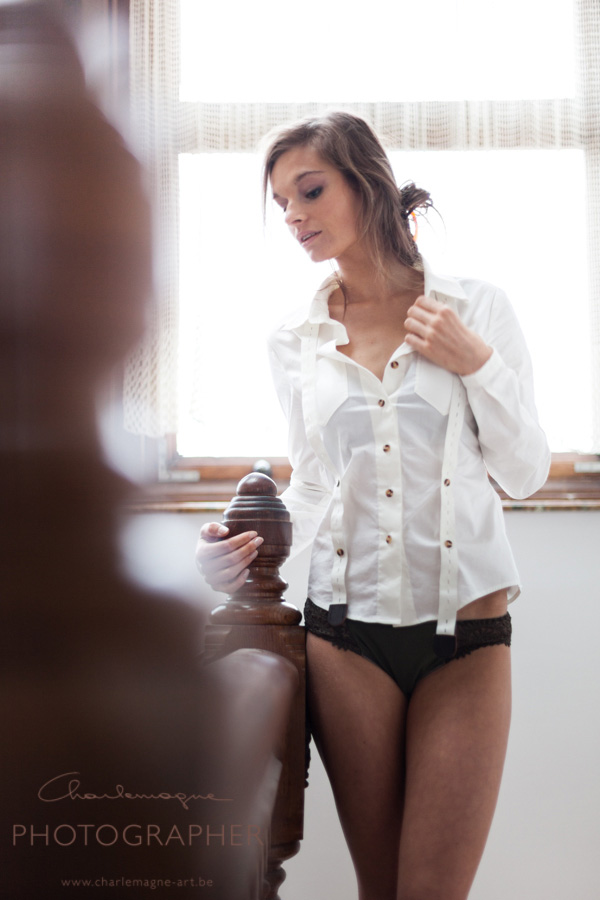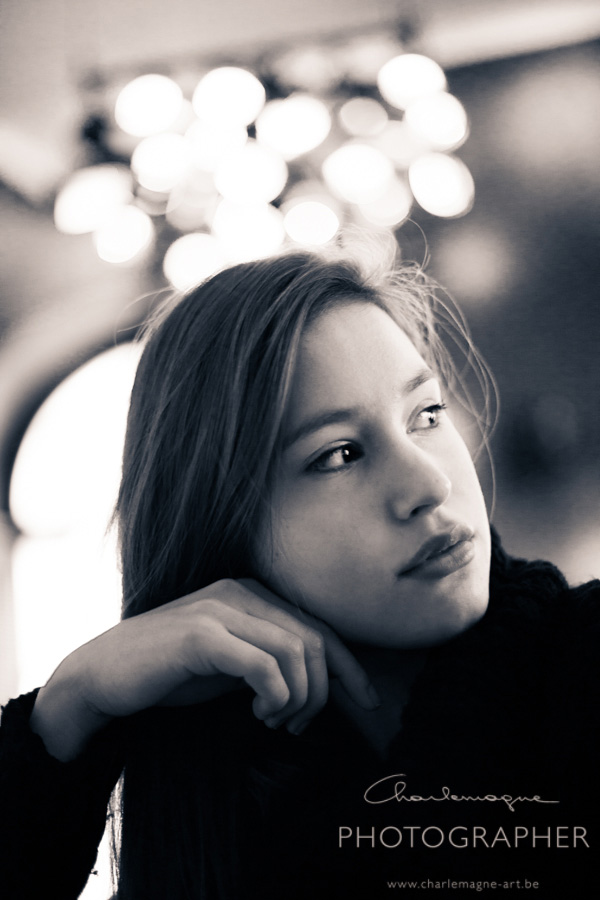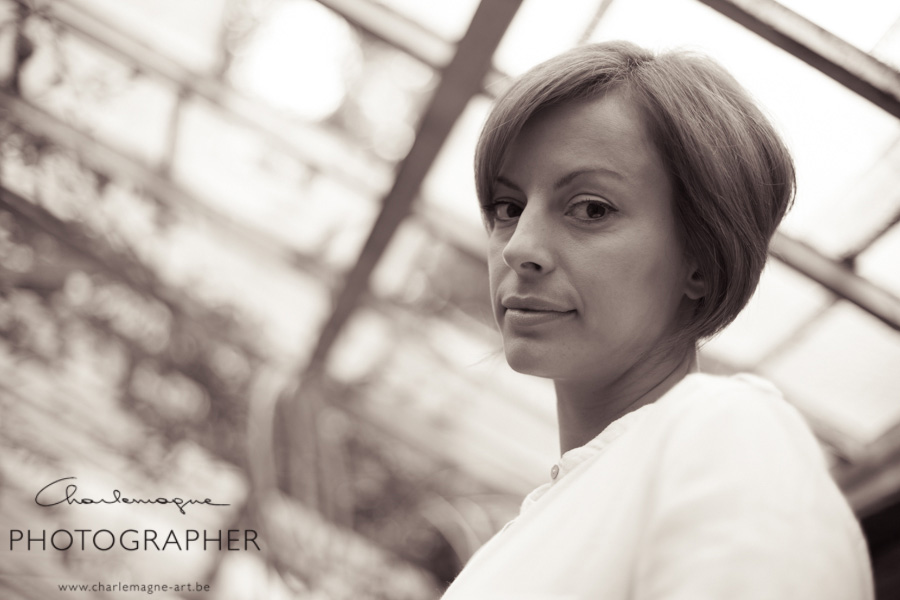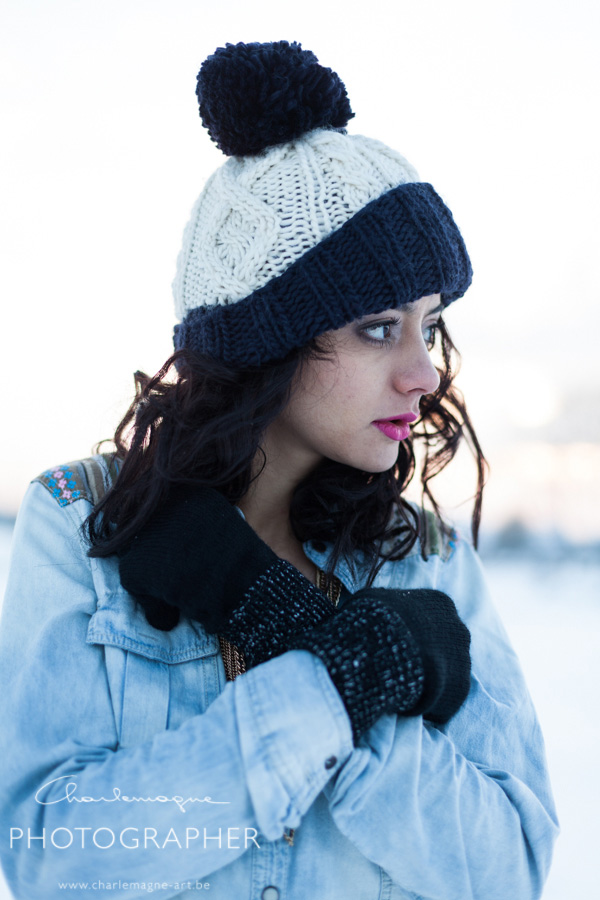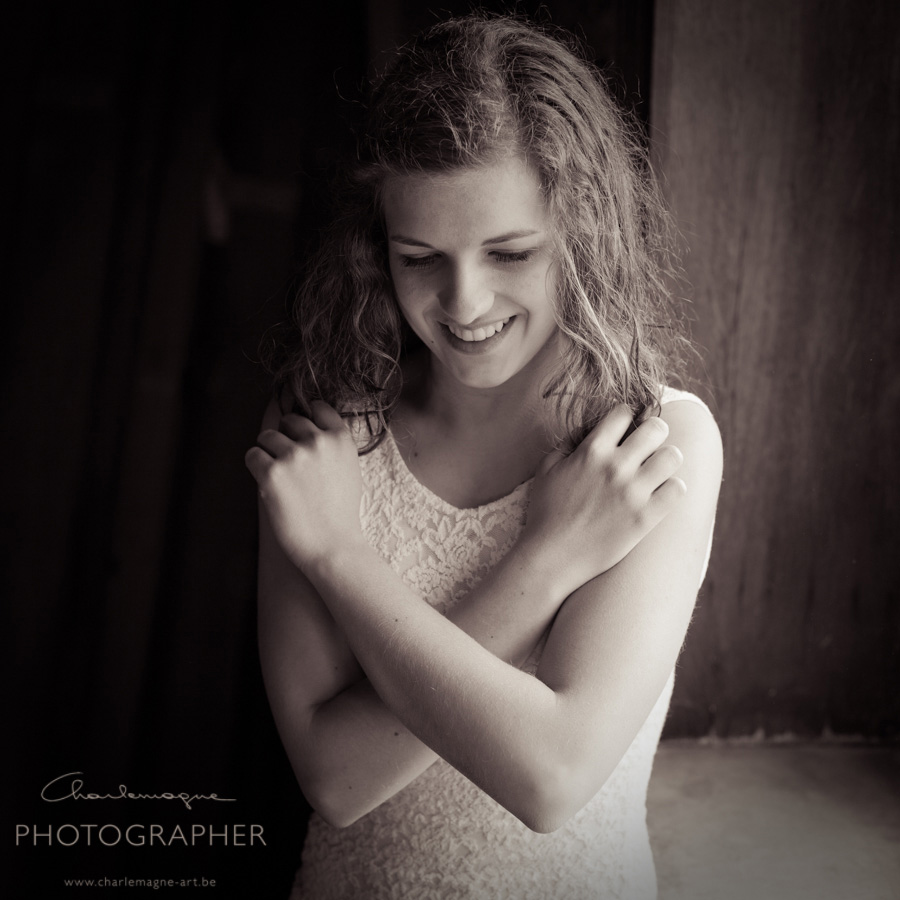I give evening classes for adults, teaching them the very basics of photography. They learn about aperture, shutter speed and iso settings, the basics of composition, light metering, Depth of Field, how to handle their camera etc. …
In about 5 months, they become a bit more aware of the ins and outs of digital photography.
Soon, after a couple of months, the same question comes up in every group: ‘I’m willing to invest in some more equipment, what should I buy?’.
You should see this question in the understanding that most people bought a DSLR (digital single lens reflex) without any technical knowledge about photography, and mostly they have followed the sellers advice of buying a body and a kit-lens (or two kit-lenses).
These zoom kit-lenses generally have a maximum aperture of about f 1:4.0 closing further down to f1:5.6 on zooming.
Especially when we talk about DOF (depth of field) and the relation between the aperture setting and the span of depth of field, my students quickly realize that with their zoom lenses with relatively small maximum apertures, they will never get the result they want.
A bigger aperture setting gives a more shallow depth of field, this means that the bigger your aperture is, the blurrier the background will be. An effect often sought after, to make the subject ‘pop up’ from the background.
So my advice mostly is: ‘buy yourself a good portrait lens, that is a fixed focal length lens, 50 mm for a camera with crop sensor, 85 mm for a full frame camera. It’s cheap, it’s lightweight and small, you can shoot in low light conditions, because the big maximum aperture lets in a maximum amount of light, and it will allow you to work creatively with the shallow depth of field it can give you.’
The best value for money you get with a 50mm f1:1.8 lens, which will cost about 120 € in Canon and Nikon.
Some examples with my Canon 50 mm f1:1.4
see you soon for more pictures!
Take care and happy shooting!
Ludwig
